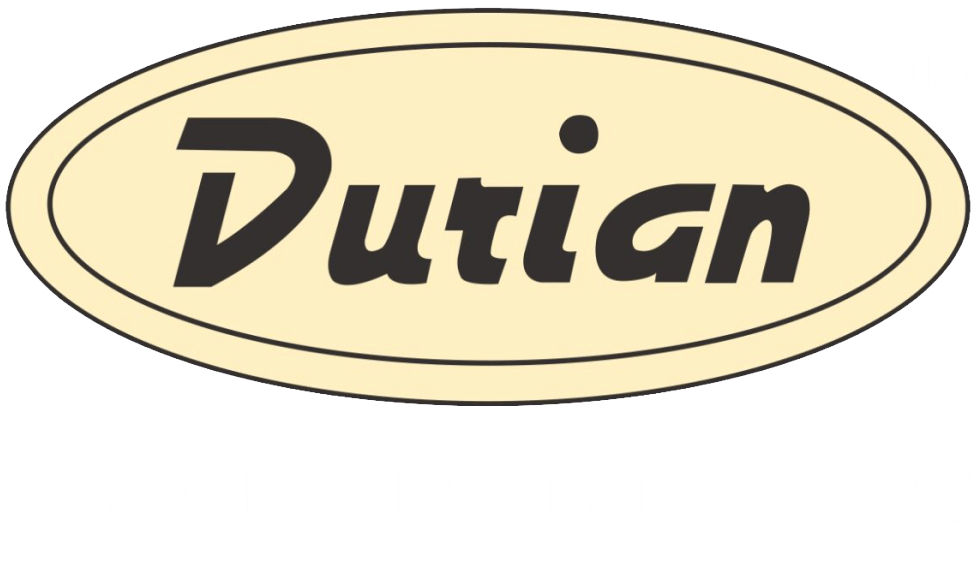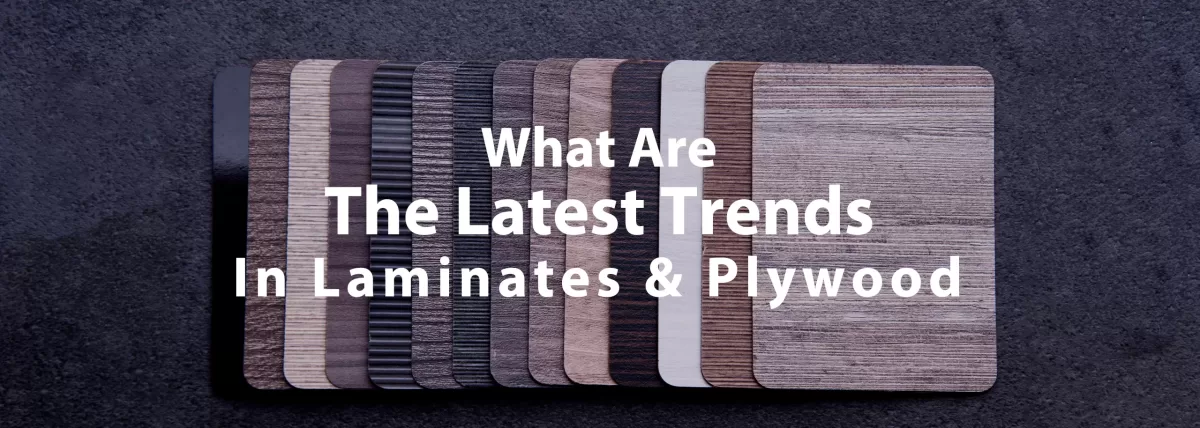Laminates and plywood are essential materials in the world of interior design and furniture manufacturing. They offer versatility, durability, and aesthetic appeal, making them popular choices for a wide range of applications. As technology advances and design preferences evolve, the trends in laminates and plywood are also undergoing exciting transformations. In this article, we’ll delve into the latest trends shaping the use of laminates and plywood in the design and construction industries.
1. Introduction
Laminates and plywood have undergone significant transformations over the years. They have transitioned from simple, utilitarian materials to design elements that can elevate the aesthetic and functional aspects of interior spaces.
2. Sustainable Material Innovations
With a growing emphasis on sustainability, the latest trend in laminates and plywood involves the use of eco-friendly materials. Manufacturers are exploring renewable and recyclable sources to create these materials without compromising on quality or aesthetics.
3. Texture and Visual Depth
Modern interior designers are moving towards textured laminates and plywood that add depth to surfaces. From subtle grain patterns to more intricate textures, these materials bring a tactile quality to furniture and interiors.
4. Digital Printing on Laminates
Digital printing technology has revolutionized laminates and plywood. Intricate designs, intricate patterns, and even realistic images can now be printed onto these materials, allowing for limitless customization options.
5. Mixed Material Creations
Blending laminates and plywood with other materials like glass, metal, or stone has become a popular trend. This fusion of textures and elements adds visual interest and uniqueness to furniture and interior spaces.
6. Bold Colors and Patterns
Bold and vibrant colors are making a comeback in interior design. Laminates and plywood with eye-catching colors and patterns are being used to create statement pieces and focal points within spaces.
7. Natural and Raw Finishes
The trend of embracing natural beauty has led to the popularity of laminates and plywood with raw and unfinished looks. These materials showcase the inherent textures and imperfections, adding a touch of rustic charm to modern designs.
8. Large-Format Plywood Panels
Designers are now experimenting with larger plywood panels for various applications. These panels offer a seamless appearance and can be used for creating expansive surfaces, such as feature walls.
9. Laminates for Acoustic Solutions
Laminates infused with acoustic properties are gaining traction. They are not only visually appealing but also contribute to sound management in interior spaces, making them ideal for offices, homes, and public areas.
10. Smart Plywood Integration
Incorporating technology into plywood is another emerging trend. Plywood with built-in features like lighting, charging ports, or wireless charging capabilities is becoming a staple in modern furniture design.
11. Revival of Classic Designs
Classic designs and patterns are being reinvented using laminates and plywood. This trend combines the charm of traditional aesthetics with the versatility and convenience of modern materials.
12. Seamless Integration in Minimalist Designs
Minimalist design principles are all about clean lines and clutter-free spaces. Laminates and plywood are being used to create sleek, integrated furniture pieces that align perfectly with minimalist interiors.
13. Customization and Personalization
Personalization is key in today’s interior design landscape. Laminates and plywood offer the flexibility to customize designs according to individual preferences, ensuring that each piece is truly unique.
14. Enhanced Durability and Longevity
Manufacturers are developing laminates and plywood with enhanced durability, making them more resistant to wear and tear. This trend ensures that furniture and surfaces maintain their aesthetic appeal over time.
15. Conclusion
Laminates and plywood have evolved from being basic construction materials to becoming integral elements in modern interior design. The latest trends highlight their adaptability, sustainability, and ability to add both visual and functional value to spaces.


No Comments